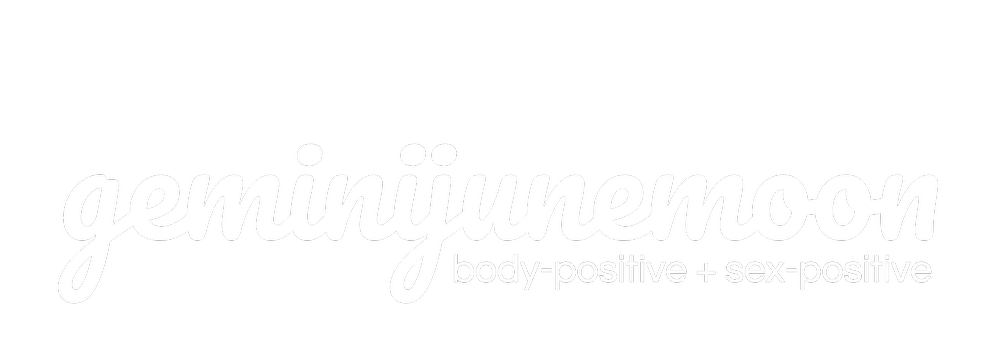by Paolo Meneghetti
ACTING PAINTING FOR DRIP HEEL
an aesthetics review of an image by Elfie Semotan
Italian actress, Alba Rohrwacher, photographed by Elfie Semotan
According to philosopher Mario Perniola, a fetish does not refer anything, but only to itself. The abstraction of its symbolic meaning remains penned to the level of a mere thing (in the materiality). A fetish is never idealistic. It expresses to us the perfection of a “mere artifice”, happening in a way certainly not full of aestheticism. In fact every thing can become a fetish: a hair, a shoe, a dress, a mask etc… That’s an idol which paradoxically we desire while we “despise” it (denying its “spiritualistic” aestheticism into a model). Alba Rohrwacher poses on a bed, with half-face bust and legs raised “as blades” (that are triangulated as if they have to ensue each other). The white sole of shoe emerges. That is imagined by us in the possibility to be undone, like the typical bra. Often a fetishist like the shoes (even if these have a very high heel). These here would virtually start a “striptease” of the actress. Our look would end in the “turbine” of desire, while the triangulation of legs substitutes the female groin. Is interesting that the wall on the background is amply framed. Through its numerous “striping”, that seems able to “rain”, drenching the body of Alba Rohrwacher. That’s an aesthetics detail already dear to pictures of Francis Bacon. In fact, he used to paint the human body inside a sort of platform. In her photography, Alba Rohrwacher is put to bed. The rainy perception of the wall will confirm the materialism of a fetish, between the soles… “as bra” to be undone.There is no one ascent (idealistically). Over the thighs, the skirt ends with a decoration which seems to many people almost… “carny” (masking a sort of face with a grimace). That’s another concession to the fetishism, maybe.
PITTURA RECITANTE PER TACCO A GOCCIA
Per il filosofo Mario Perniola, un feticcio non rinvia a nulla, bensì unicamente a se stesso. L’astrazione del suo significato simbolico resta confinata al livello della mera cosa (nella materialità). Il feticcio non è mai idealistico. Esso ci esprime la perfezione del “mero artificio”, ponendosi in via tutt’altro che estetizzante. Ogni cosa può diventare un feticcio: un capello, una scarpa, un abito, una maschera ecc… E’ l’idolo che paradossalmente si desideri nel suo “disprezzarlo” (negandone l’estetismo “spiritualizzante” del modello). Alba Rohrwacher posa sopra un letto, col busto di profilo e le gambe alzate “a pale” (triangolandosi come a succedersi). Emerge la suola bianca delle scarpe. Immaginiamo che quella si possa slacciare, come il classico reggiseno. Spesso le scarpe “piacciono” al feticista (magari avendo un tacco molto alto). Qui esse avvierebbero virtualmente lo “spogliarello” dell’attrice. Il nostro sguardo finirebbe nella “turbina” del desiderio, con la triangolazione fra le gambe a sostituire l’inguine femminile. E’ interessante che s’inquadri ampiamente la parete, sullo sfondo. Con le sue numerose “striature”, sembra che quella possa “piovere”, bagnando il corpo di Alba Rohrwacher. E’ un dettaglio estetico già caro ai dipinti di Francis Bacon. Del resto, egli soleva dipingere il corpo umano entro una sorta di pedana. Nella sua fotografia, Alba Rohrwacher è coricata sul letto. La percezionepiovosa del muro confermerà il materialismo del feticcio, fra le suole... “a reggiseno” da slacciare. Non c’è alcuna ascesa (idealisticamente). Sopra le cosce, la gonna termina con una decorazione che a molti sembrerebbe quasi… “carnevalesca” (mascherando una sorta di viso con la linguaccia). E’ un’altra concessione al feticismo, forse.
Bibliography:
M. PERNIOLA, Il sex appeal dell’inorganico, Einaudi, Torino 1994, pp. 67-81

